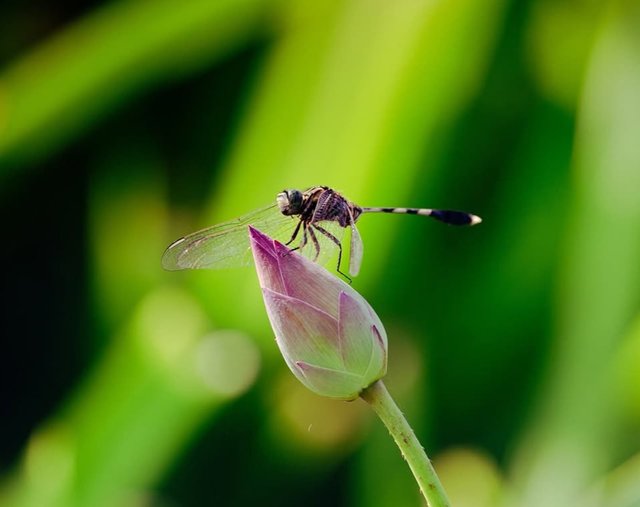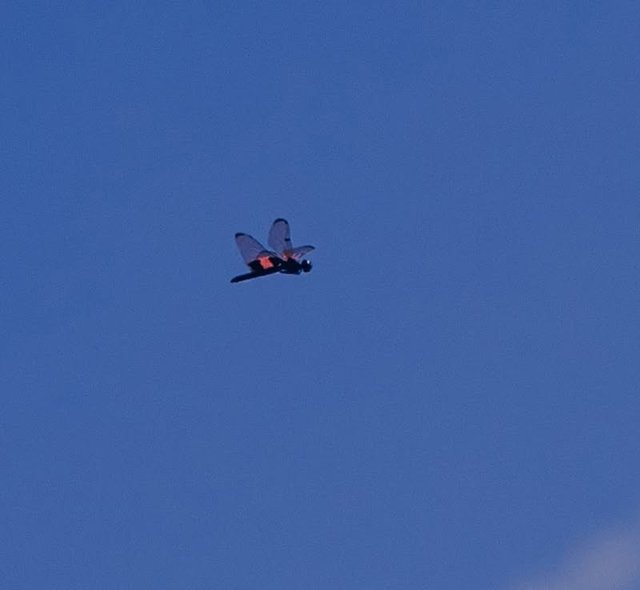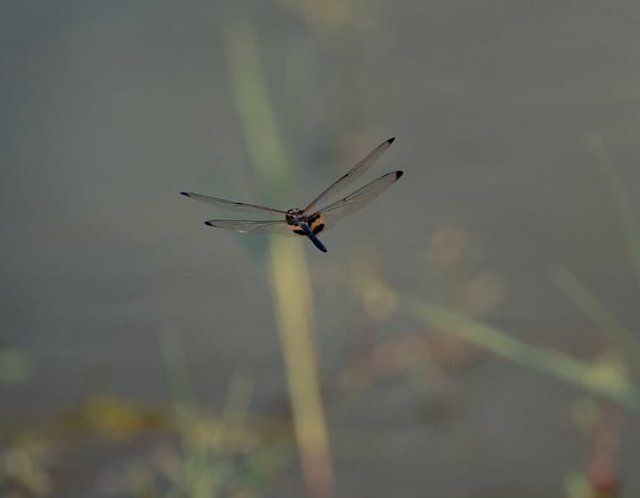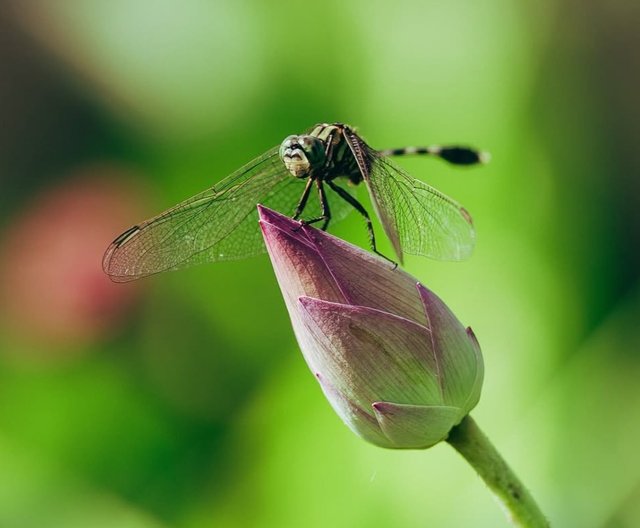So Cute Dragonfly
Dragonfly: Nature’s Aerial Acrobat and Symbol of Transformation
The dragonfly is a fascinating insect that has captivated human imagination for centuries. With its shimmering wings, agile flight, and ancient lineage, the dragonfly is both a marvel of evolution and a symbol of profound meaning across cultures. Found near ponds, lakes, streams, and wetlands across the globe, dragonflies are more than just beautiful insects — they are efficient predators, ecological indicators, and creatures of great spiritual symbolism.
Biological Overview
Dragonflies belong to the order Odonata, suborder Anisoptera. The name "Anisoptera" means "unequal wings," which refers to the distinct shape and size difference between the forewings and hindwings of dragonflies. This feature contributes to their remarkable flying abilities. Dragonflies are often confused with damselflies, but the key difference is that dragonflies hold their wings open horizontally when at rest, while damselflies fold them along their bodies.
Dragonflies are ancient creatures, with ancestors dating back over 300 million years, long before the age of dinosaurs. Some prehistoric dragonflies, such as Meganeura, had wingspans exceeding 70 cm (28 inches), making them among the largest insects to have ever existed.
Anatomy and Adaptations
Dragonflies have large, multifaceted eyes that give them nearly 360-degree vision, allowing them to detect the slightest movements of prey and predators. Each compound eye contains up to 30,000 individual lenses. Their powerful mandibles can chew through insect prey with ease.
The body of a dragonfly is elongated and streamlined, built for speed. Their two pairs of strong, transparent wings beat independently, enabling them to hover, glide, fly backwards, and make sharp turns mid-air. Dragonflies can reach speeds of up to 30 miles per hour, making them among the fastest flying insects in the world.




%20(10).jpeg)